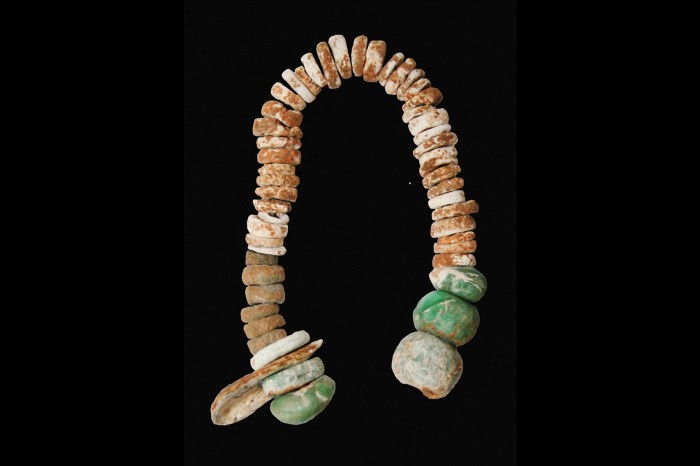
Shells were coated with resin to make these imitation amber beads, which were found in a tomb in what is now Portugal. Credit: C. P. Odriozola et al./J. Archaeol. Sci.
Selections from the scientific literature by Nature's news team

Shells were coated with resin to make these imitation amber beads, which were found in a tomb in what is now Portugal. Credit: C. P. Odriozola et al./J. Archaeol. Sci.
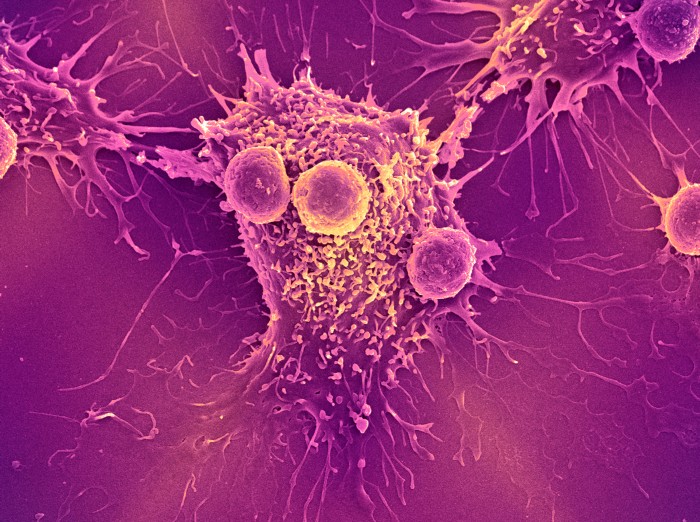
T cells (small, rounded objects; artificially coloured) attack a cancer cell. Killer T cells break the inner structure of target cells. Credit: Steve Gschmeissner/SPL

A Florida carpenter ant cares for the stump of a nest-mate’s missing leg. Credit: Bart Zijlstra, UNIL
Animal behaviour
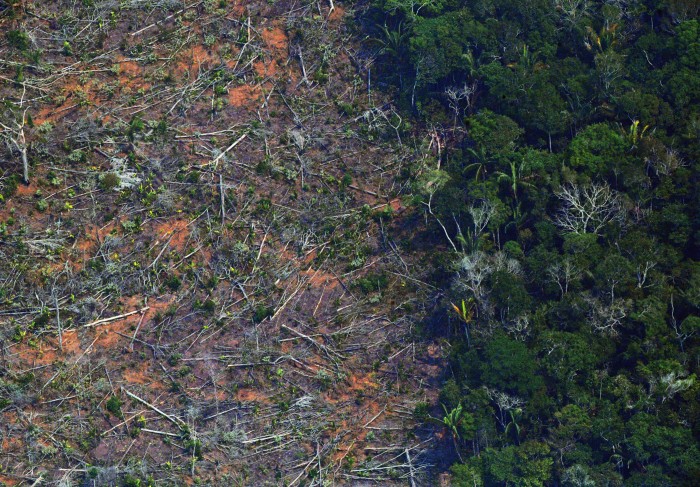
Only one-fourth of Amazon deforestation, which is driven mainly by demand for cattle grazing, stems from international demand. Credit: Carl De Souza/AFP/Getty
Sustainability
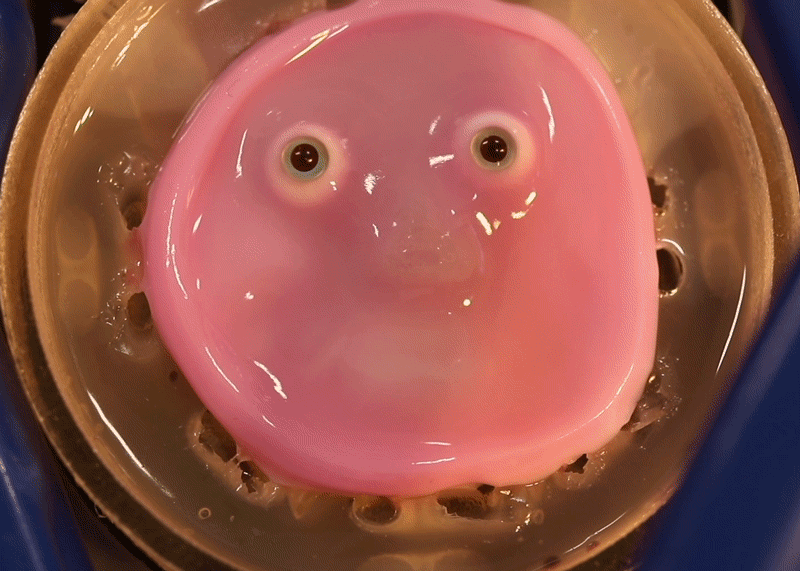
A cell-laden gel was used to make the ‘skin’ of a grinning robotic face and the ‘ligaments’ that anchor the skin. Credit: M. Kawai et al./Cell Rep. Phys. Sci.
Biomaterials
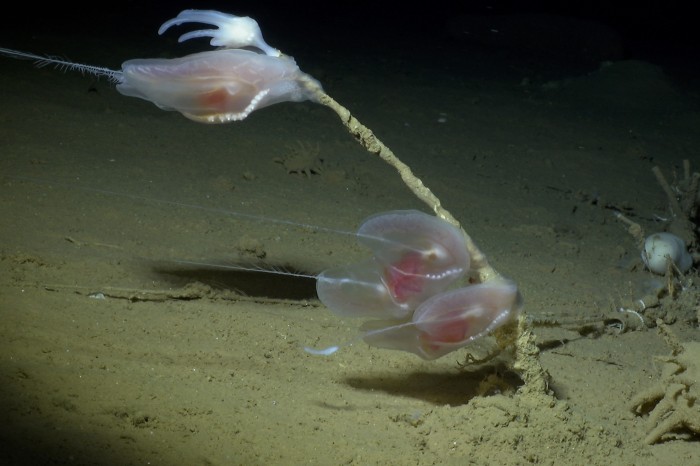
Three comb jellies are attached to the stalk of a deep-sea sponge on the sea floor at a depth of nearly 4,000 metres. Researchers have identified fats that help comb jellies to thrive at these depths. Credit: MBARI 2021

The protein TERT helps to shield the telomeres (white, artist’s impression) on the end of chromosomes (blue). Credit: Artur Plawgo/SPL

Children born into low-income households received more toys and books if their families were given monthly income supplements. Credit: Getty
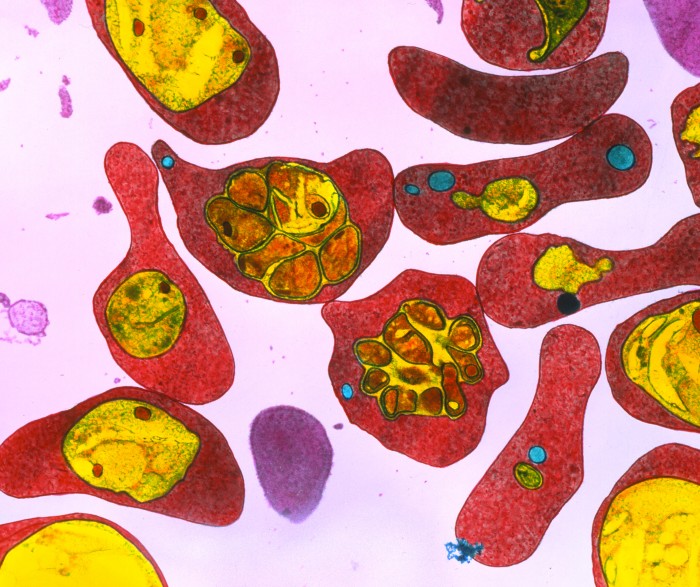
The growth of the malaria parasite (artificially coloured) in red blood cells falters in the presence of certain self-directed antibodies. Credit: Dr. Gopal Murti/Science Photo Library

Supermassive black holes (artist’s impression of one such object) in the early Universe might have formed from the collision of small galaxies. Credit: Mark Garlick/SPL
Astronomy and astrophysics

Changes in the Nile River during the time of the pharaohs are likely to have affected the lives of ancient Egyptians. Credit: Getty
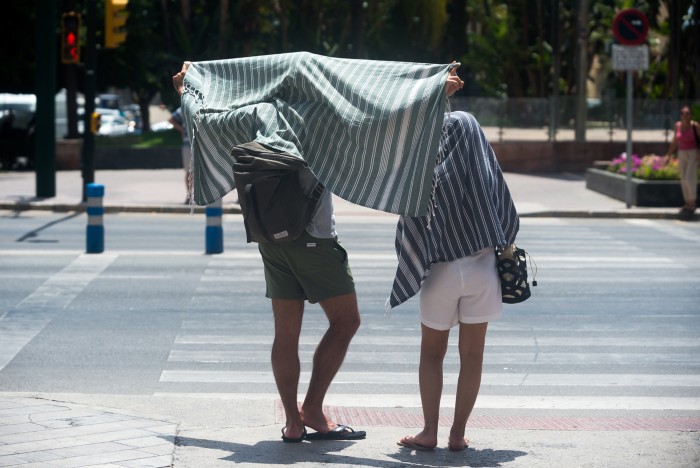
Heat that radiates from pavements and buildings is not absorbed by a three-layer textile that can be crafted into cooling garments. Credit: Jesus Merida/SOPA Images/LightRocket/Getty
Materials science

The Atacama Large Millimeter/submillimeter Array in Chile recorded the signal of a mysterious object that astronomers cannot identify. Credit: John Moore/Getty
Astronomy and astrophysics

Prisoners pay tribute to Assyrian king Ashurbanipal and his queen in this relief. Taxes levied during the later centuries of the Assyrian empire deepened inequality. Credit: DEA/G. Nimatallah/De Agostini/Getty
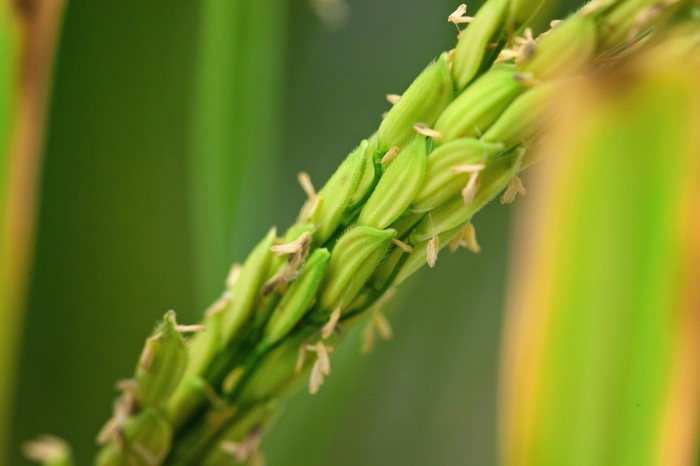
Green grains on a rice plant. CRISPR has been used to make rice more water-efficient to grow. Credit: RIPE Project
CRISPR-Cas9 genome editing

Ozone high in Earth’s atmosphere is recovering from destruction as certain industrial chemicals that destroy it are phased out. Credit: Detlev van Ravenswaay/SPL
Environmental sciences

A painted lady butterfly. Abundant vegetation in 2018 and 2019 kicked off an outbreak of these butterflies across three continents. Credit: Loic Poidevin/Nature Picture Library
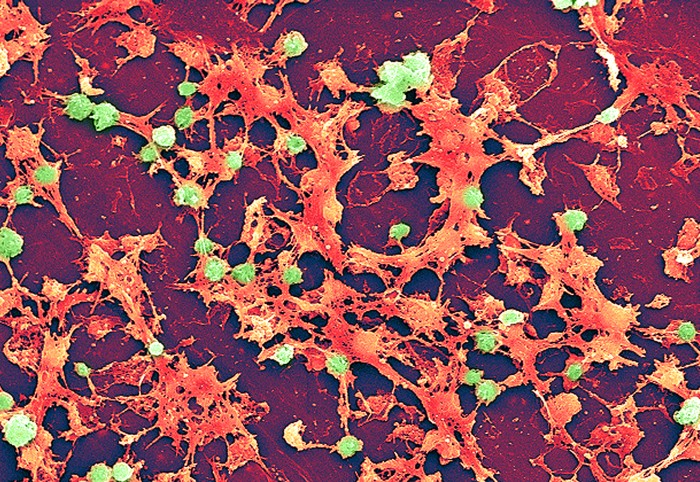
Staphylococcus aureus bacteria (green and orange; artificially coloured) were among those killed by one of the peptides identified by a machine-learning approach. Credit: Science Source/Science Photo Library

A gigantic mythical snake looms over the Orinoco River (artist’s illustration). Rocks along the river are engraved with snake images that stretch up to 42 metres. Credit: Dr. Philip Riris
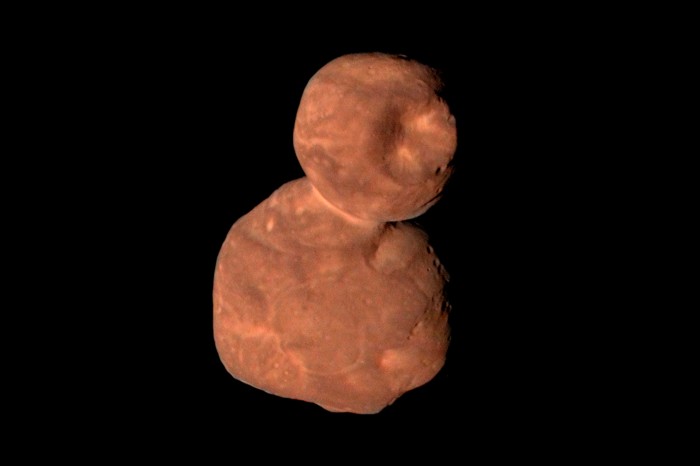
The icy body Arrokoth (artificially coloured) might be sugar coated, according to laboratory experiments on the types of ice found on its surface. Credit: NASA/Johns Hopkins University Applied Physics Laboratory/Southwest Research Institute/Roman Tkachenko
Planetary science